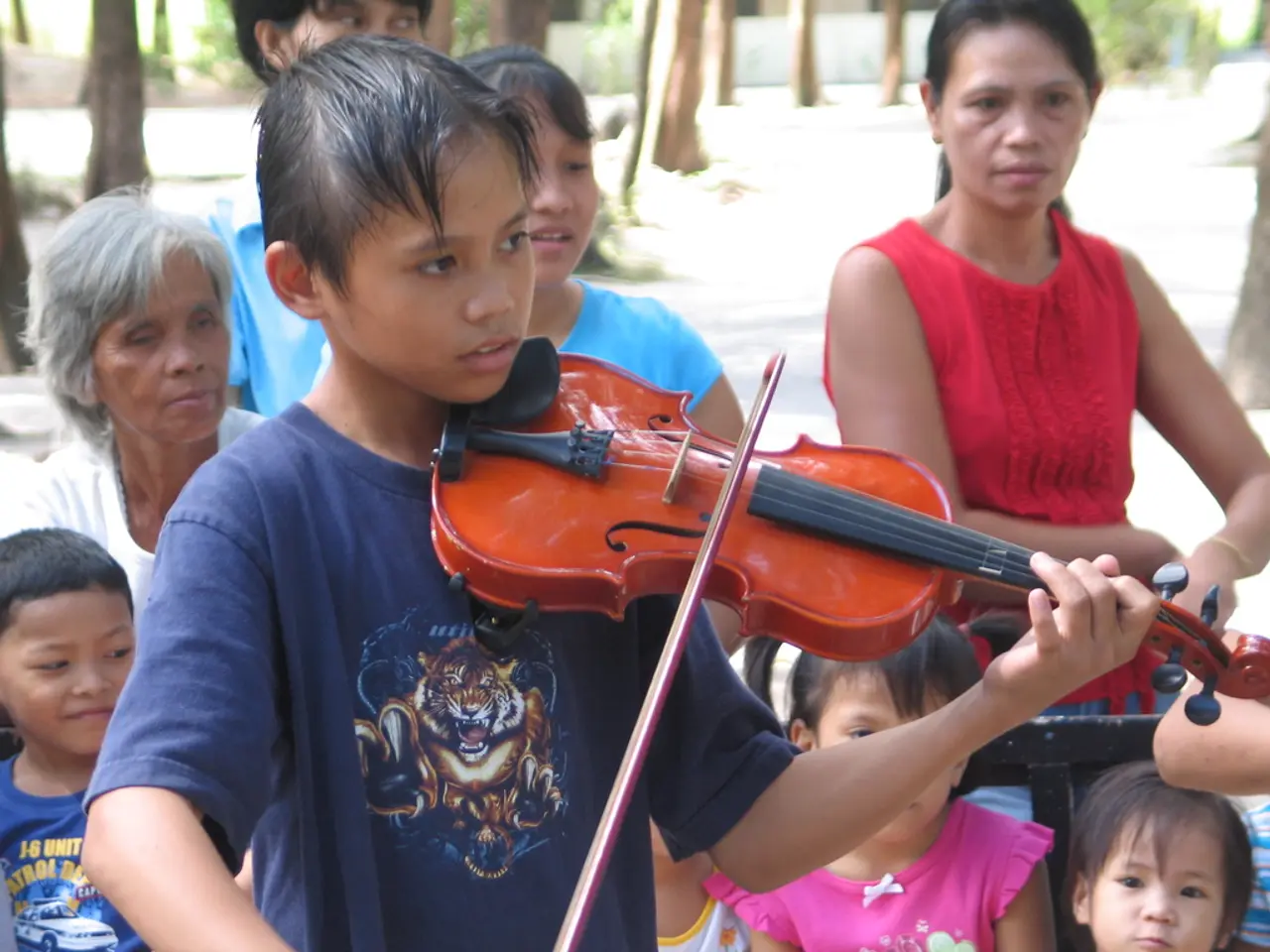Decreased bone health in children with Angelman syndrome is identified in a recent study.
In a groundbreaking study published in the European Journal of Pediatrics, researchers from the ENCORE Expertise Center have shed light on the significance of bone health in children with Angelman syndrome. The study, titled "Bone health in children with Angelman syndrome at the ENCORE Expertise Center," reveals that the ability to walk is closely associated with bone health in these children, and that routine monitoring of bone health should be considered, especially for those experiencing fractures from nonsignificant injuries or experiencing unexplained discomfort.
Angelman syndrome, a condition caused by defects in the UBE3A gene, is known to affect bone health in children. The study found that children with Angelman syndrome who cannot walk have significantly lower bone health scores. Researchers developed a scale, dubbed BHI-SDS, to assess bone health in children with Angelman syndrome, with a score of zero indicating bone health that is about average compared to the general population.
The study's findings suggest that young adults with Angelman syndrome may have a lower peak bone mass than their neurotypical peers. Deletions in the UBE3A gene, immobility, late onset of puberty, and a history of bone fractures are all found to be risk factors for poor bone health in children with Angelman syndrome.
The study, which included a patient population of 91 children with Angelman, is the largest described to date. Of the 82 children with available data, 22% - 18 patients, equally split among boys and girls - had a history of one or more fractures, and these children had significantly lower bone health scores than those without a history of bone fractures. The study also found that age has a significant effect on bone health in children with Angelman syndrome, with scores decreasing over time.
The researchers hypothesize that further research is needed to unravel a possible primary Angelman-specific mechanism for low bone health. They believe that their findings contribute to the optimization of follow-up and treatment, thereby improving the quality of life of children and adults with Angelman syndrome. The center's records included more than 10 years of follow-up for many patients, allowing for longitudinal analyses.
In conclusion, the study highlights the importance of routine monitoring of bone health in children with Angelman syndrome, especially for those with risk factors such as immobility, a history of bone fractures, or late onset of puberty. The findings of this study provide valuable insights into the bone health of children with Angelman syndrome and pave the way for future research in this area.








